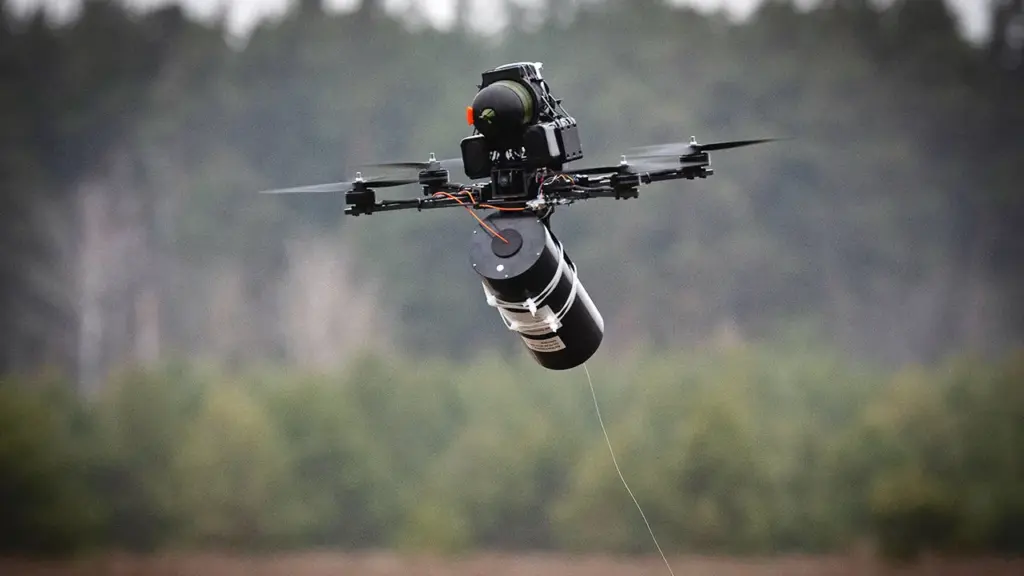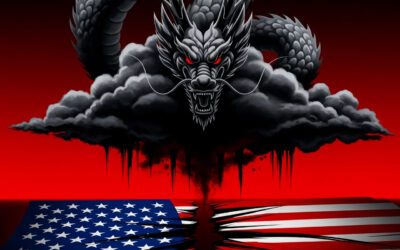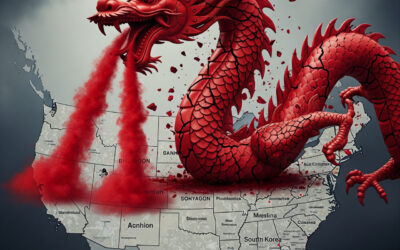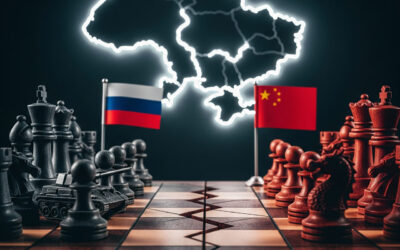In a remarkable shift on the modern battlefield, Ukrainian forces have achieved what may be a historic first: compelling Russian soldiers to surrender through the use of unmanned ground vehicles, or UGVs. This operation, executed by the Ukrainian Third Assault Brigade near Harkiv, underscores how rapidly warfare is evolving—and not always in ways that inspire confidence about humanity’s future. The brigade’s footage, raw and unfiltered, captures a sequence of events that feels both futuristic and grimly familiar. After pinpointing Russian positions in a treeline, Ukrainian forces struck with a first-person view (FPV) drone, softening the target. Then came the UGVs—small, explosives-laden machines, some strapped with TM62 anti-tank mines, rumbling toward the Russian dugout. One by one, they detonated, sending shockwaves through the fortified position. The blasts were massive, the kind that make you wince, imagining anyone surviving them. Yet, strikingly, some Russian soldiers did. Rattled and out of options, they hung a banner signaling surrender, a desperate plea scrawled with the message, “We give up.” Guided by the same drones that had just battered their position, they trudged back to Ukrainian lines, where footage shows them being taken into custody.
This moment is more than a tactical win; it’s a glimpse into a chilling new era of warfare, where machines don’t just kill but coerce. The psychological toll of facing relentless, uncrewed assaults must be staggering—imagine huddling in a dugout as drones close in, knowing no human face will negotiate your fate. For Ukraine, this operation broke a stalemate, overcoming a Russian position that had resisted conventional assaults for months. But it also raises uneasy questions about where this tech leads. If ground drones can force surrenders today, what’s next? Autonomous systems deciding who lives or dies? The thought lingers, heavy and unresolved.
Shifting to the broader conflict, the situation in Sumy, northeastern Ukraine, offers another lens on this grinding war. Russian forces, still smarting from Ukraine’s incursion into Kursk nearly a year ago, have pushed into Sumy with a slow but dogged advance. Recent chatter from Russian military bloggers, like the influential Two Majors, points to a potential new axis of attack near Tetkino, a shift that could stretch Ukrainian defenses thin. For months, the Tetkino sector was static, a slog of artillery exchanges and drone strikes. But now, Russian troops claim to have cleared the village of Beselov, disrupting Ukrainian logistics and forcing reliance on a single, drone-patrolled route. The language here—“cleansing” a settlement—carries a sinister undertone, evoking war crimes more than military precision. It’s a reminder that words matter, especially when they obscure the human cost of “clearing” a village.
What’s troubling is Ukraine’s apparent struggle to hold the line in Sumy. Reports suggest outdated trench lines, some untouched since 2014, left Ukrainian forces exposed when they fell back from Kursk. Command failures to fortify rear defenses have drawn sharp criticism, though Ukraine has redeployed elite units to stabilize the front. Still, the pressure is relentless. Russian air strikes are escalating at a terrifying pace, with a recent barrage unleashing 741 munitions—728 drones and 13 missiles—in a single night. Ukrainian air defenses, impressively, neutralized 718 of them, but the 23 that got through, including massive Shahed drones akin to cruise missiles, wreaked havoc. President Zelenskyy’s response was measured but pointed: interceptor drones are proving effective, but Russia’s oil-fueled war machine demands tougher sanctions. He’s not wrong—sanctions targeting Moscow’s oil exports and those who buy it could choke Putin’s ability to sustain this onslaught. But the international community’s appetite for such measures feels frustratingly tepid.
On the diplomatic front, there’s a flicker of movement, but it’s muddied by confusion. President Trump’s recent remarks suggest a growing impatience with Putin, a shift that feels overdue but welcome. During a White House Q&A, Trump admitted feeling “strung along” by Putin’s empty promises, a candid acknowledgment that the Russian leader isn’t negotiating in good faith. Trump also signaled openness to a tough sanctions bill proposed by Senator Lindsey Graham, though he stopped short of committing. More perplexing is the saga of U.S. military aid to Ukraine. Last week, the Pentagon paused weapons shipments, a decision that blindsided Congress, Ukraine, and even the White House. Trump’s response—“I don’t know, why don’t you tell me?”—was equal parts evasive and cheeky, deflecting responsibility while hinting at internal disarray. A CNN report, disputed by the Pentagon as “fabricated,” claims Secretary of Defense Pete Hegseth acted unilaterally, informing neither Trump nor key advisors like Marco Rubio. The Pentagon’s rebuttal, heavy on accusations of “hoaxers” but light on specifics, does little to clarify. What’s clear is the chaos: conflicting statements, allies caught off guard, and a lack of transparency that undermines trust. If Hegseth froze aid without White House approval, it’s a stunning breach of protocol. If not, why the conflicting narratives? The truth, as usual, is maddeningly elusive.
Amid this mess, Ukraine’s leadership remains pragmatic, almost defiantly so. Andriy Yermak, Zelenskyy’s chief of staff, recently praised Trump’s pledge to send defensive weapons, framing it as a step toward peace. Speaking in the U.S., Yermak sidestepped complaints about the aid pause, emphasizing action over grievances. “We’re here to make things happen,” he said, a line that carries the weary resolve of a nation fighting for survival. His optimism about Trump’s ability to pressure Putin into real negotiations feels like a calculated bet—one that acknowledges Trump’s unique leverage while sidestepping the volatility of his policymaking. Zelenskyy, meanwhile, is in Rome, meeting U.S. officials, likely pressing for clarity on aid and sanctions. The stakes couldn’t be higher.
This war, now in its third year, is a brutal crucible of innovation and attrition. Ukraine’s drone-driven surrenders are a testament to its ingenuity, but also a warning of how dehumanized conflict is becoming. Russia’s relentless strikes and creeping advances expose a regime betting on exhaustion—its own people’s, as much as Ukraine’s. And the West, for all its rhetoric, grapples with indecision and bureaucratic fumbles. You get the picture: a world where courage and chaos collide, and no one’s quite sure what comes next. For Ukraine, the fight goes on, one drone, one dugout, one hard-won surrender at a time.



